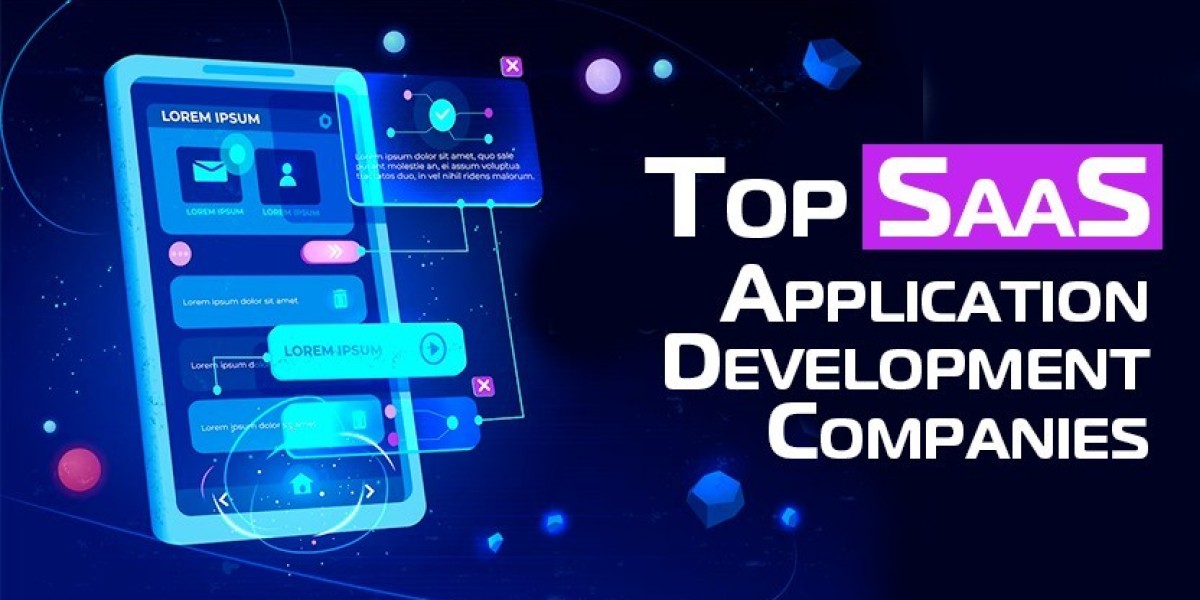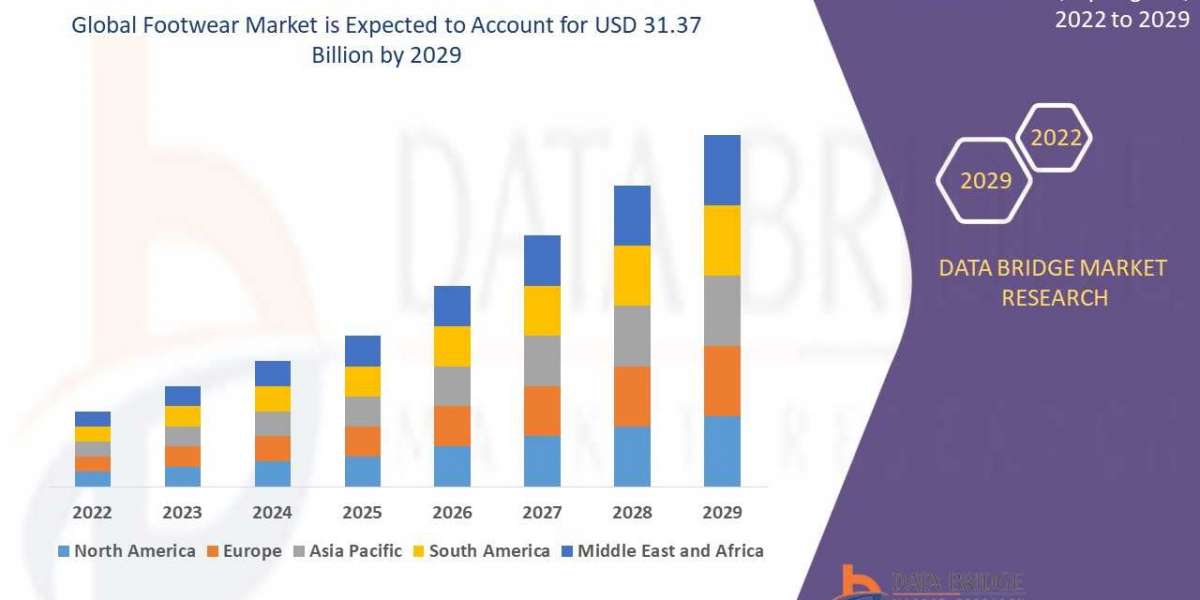In the fast-paced world of digital transformation, Software as a Service (SaaS) has emerged as a cornerstone for modern businesses. It's not just about delivering software solutions anymore; it's about ensuring these solutions are scalable, reliable, and continuously evolving. The heart of this evolution lies in the hands of developers, equipped with an array of tools designed to tackle the unique challenges posed by SaaS platforms. This article dives deep into the SaaS Developer's Toolkit, unraveling the essential tools and technologies that empower developers to build, optimize, and maintain robust SaaS platforms.
SaaS platform developers are the architects behind the cloud-based software services that have revolutionized the way businesses operate. These skilled individuals leverage a comprehensive set of tools and technologies to construct scalable, reliable, and secure applications that are accessible over the internet.
Understanding the SaaS Landscape
Defining SaaS
SaaS, or Software as a Service, represents a paradigm shift from traditional software installation to software delivery via the cloud. This model offers accessibility, flexibility, and scalability, driving businesses towards operational efficiency and reduced overhead costs.
The Evolution of SaaS Platforms
The evolution of SaaS is a tale of technological advancement. From simple applications to complex, AI-driven platforms, SaaS has transformed how businesses operate, offering solutions that are not just tools but strategic assets.
Benefits of SaaS for Businesses
Adopting SaaS comes with a plethora of benefits: reduced costs, scalability, automatic updates, and cross-device compatibility, to name a few. It's not just a product; it's a service that grows with your business.
Essential Tools for SaaS Development
Integrated Development Environments (IDEs)
The backbone of software development, IDEs like Visual Studio, IntelliJ IDEA, and Eclipse, offer a cohesive environment for coding, debugging, and deploying SaaS applications.
Popular IDEs for SaaS
Each IDE comes with its own set of features, tailored to different programming languages and development needs, making the choice of IDE a crucial first step in the development journey.
Source Control Management
Tools like Git and SVN help manage code changes, facilitating collaboration and version control in complex SaaS projects.
Advantages of Git and SVN
Beyond version control, these tools offer branching, merging, and rollback capabilities, ensuring that development progresses smoothly and efficiently.
Continuous Integration/Continuous Deployment (CI/CD) Tools
CI/CD pipelines automate the software delivery process, ensuring that each code change is tested and deployed systematically, enhancing the quality and reliability of SaaS platforms.
Importance of CI/CD in SaaS
In the fast-paced SaaS environment, CI/CD tools are not just conveniences; they are necessities, ensuring that software updates are delivered swiftly and securely.
Building the Foundation: Backend Technologies
Choosing the Right Backend Language
Languages like Java, Python, and Node.js form the backbone of the server-side logic, each bringing its own set of advantages to the table.
Java, Python, and Node.js in SaaS
From robust performance (Java) to ease of use and readability (Python), to non-blocking I/O operations (Node.js), each language shapes the capabilities and performance of SaaS platforms.
Database Management Systems
The choice between SQL and NoSQL databases can significantly impact the scalability, performance, and reliability of SaaS applications.
SQL vs. NoSQL for SaaS
While SQL databases are known for their structured approach and reliability, NoSQL databases offer flexibility and scalability, essential for handling large volumes of unstructured data.
Enhancing User Experience: Frontend Development
Frontend Frameworks and Libraries
Frameworks like React, Angular, and Vue.js empower developers to build dynamic, responsive user interfaces, enhancing user engagement and satisfaction.
React, Angular, and Vue for Dynamic Interfaces
Each framework/library comes with its own set of pros and cons, but they all aim to streamline the development process and enrich the user experience with interactive and intuitive interfaces.
Responsive Design Principles
Ensuring that SaaS applications are accessible and aesthetically pleasing across different devices is not just an option; it's a necessity in today's mobile-first world.
Ensuring Security and Compliance
Security Measures for SaaS Platforms
Implementing robust encryption, authentication, and authorization protocols is paramount to safeguarding data and ensuring user trust in SaaS platforms.
Encryption, Authentication, and Authorization
These security measures form the first line of defense against cyber threats, ensuring that data remains secure and access is controlled and monitored.
Compliance Standards (GDPR, HIPAA)
Adhering to regulatory standards is not just about legal compliance; it's about demonstrating a commitment to data privacy and security, enhancing brand reputation and customer trust.
Performance Optimization and Scalability
Load Balancing and Caching Strategies
Effective load balancing and caching are crucial for maintaining high performance and availability, especially during peak usage times.
Microservices Architecture for Scalability
Embracing a microservices architecture can significantly enhance scalability and agility, enabling SaaS platforms to adapt and evolve with changing business needs.
Analytics and User Engagement
Integrating Analytics Tools
Incorporating tools like Google Analytics and custom metrics provides valuable insights into user behavior, guiding informed decisions and strategic improvements.
Google Analytics and Custom Metrics
These tools not only track user interactions but also offer actionable insights, empowering businesses to optimize their SaaS offerings and enhance user satisfaction.
Strategies for Enhancing User Engagement
Engaging users is not just about providing a service; it's about creating an experience that is intuitive, helpful, and enjoyable, encouraging continued use and loyalty.
The Future of SaaS Development
Emerging Technologies
Technologies like AI, machine learning, and blockchain are set to revolutionize SaaS development, offering unprecedented opportunities for innovation and transformation.
AI, Machine Learning, and Blockchain in SaaS
These technologies promise to introduce new levels of automation, intelligence, and security to SaaS platforms, shaping the future of how businesses operate and compete.
The Role of DevOps in Future SaaS Platforms
The integration of development and operations through DevOps is not just a trend; it's a paradigm shift, fostering collaboration, efficiency, and continuous improvement in SaaS development.
Conclusion
The SaaS Developer's Toolkit is an ever-expanding arsenal, equipped to tackle the dynamic challenges of modern business software. From robust backend technologies to engaging frontend designs, from stringent security measures to insightful analytics, every tool, every technology plays a pivotal role in shaping the success of SaaS platforms. As the digital landscape continues to evolve, so too must the toolkit, embracing new technologies, methodologies, and paradigms. The key to success lies in continuous learning, adaptation, and a relentless pursuit of excellence.








